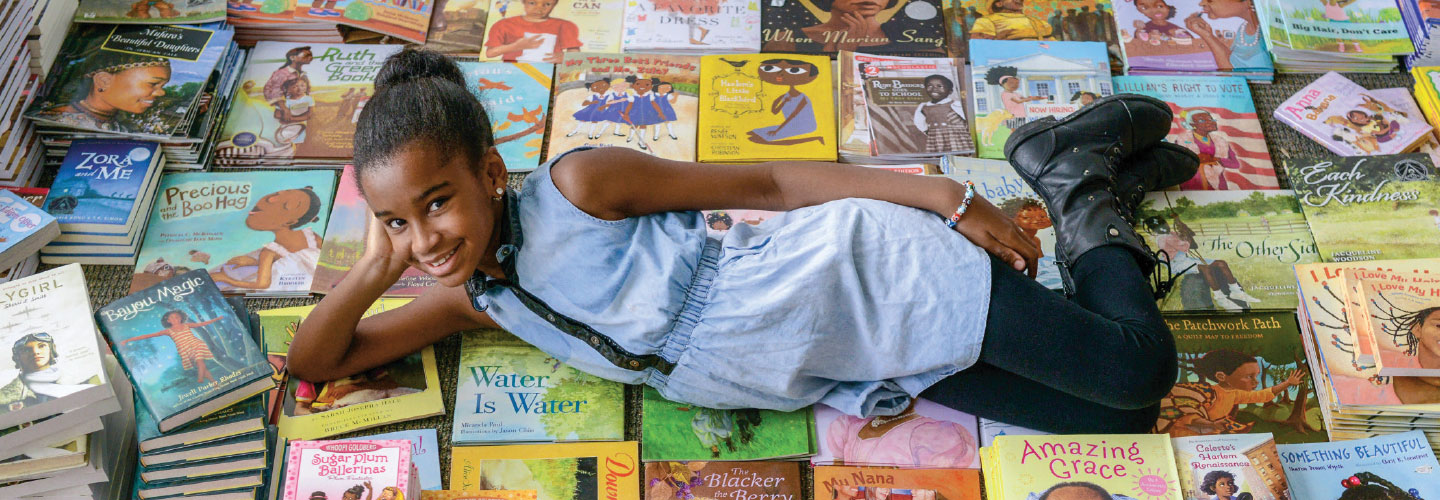Marley Dias was fed up. The fifth-grader had just been given a school assignment to read yet another book that didn’t feature any black girls. Marley had plenty of books with diverse characters at home, but those stories weren’t being taught at her school.
Marley complained to her mom that having so little in common with the characters in her assigned books made it difficult to learn from their stories.
To that, her mom simply replied: “What are you going to do about it?”
Marley, who lives in West Orange, New Jersey, accepted the challenge. She set a goal to collect 1,000 books featuring black girls as the main characters and donate them to schools and libraries.
“It is important that kids see themselves in books so they can understand themselves and their possibilities,” says Marley, now 12. Assigning diverse books in school is also critical, she says, “because sometimes communities are not diverse, and books can give us insight into other people’s experiences.”

